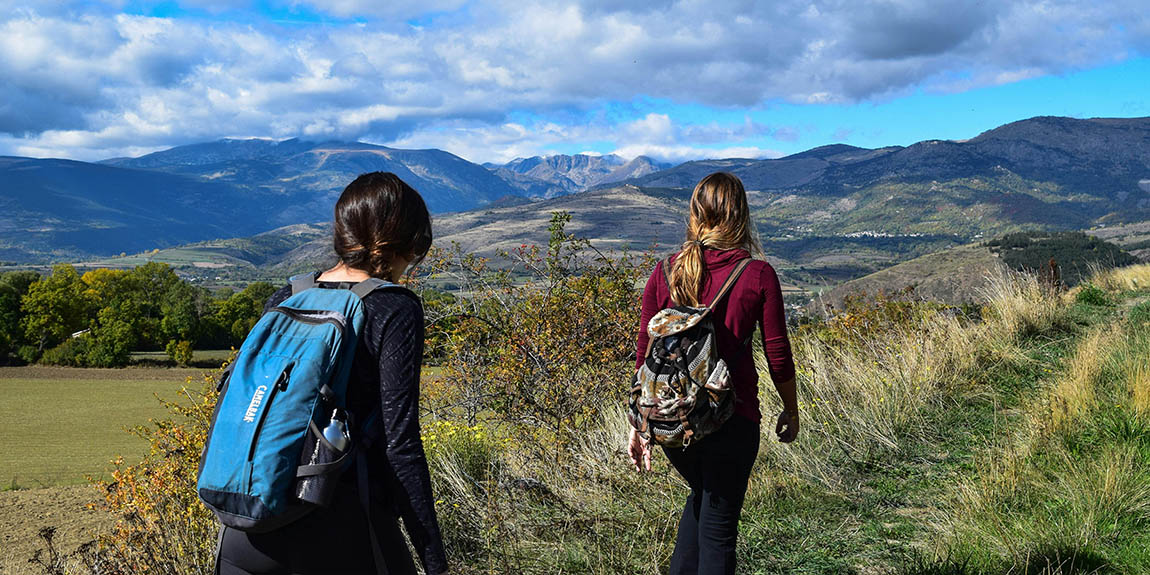
Selecting an appropriate campsite is crucial for a safe and enjoyable backpacking experience, ensuring both personal comfort and minimal impact on the environment. Look for a flat, well-drained area that is clear of hazards like falling branches or rocks. Proximity to a water source is often desirable for convenience, but make sure to camp at least 200 feet away to prevent contamination and respect wildlife.
Consider the prevailing weather conditions and potential for wind exposure. A site with some natural windbreak, such as a cluster of trees or a rise in terrain, can make a significant difference in comfort during gusty conditions. Always choose a spot that shows signs of previous use, if available, to concentrate impact and avoid creating new disturbed areas. This adheres to Leave No Trace principles.
Lastly, be mindful of local regulations and restrictions, especially in designated wilderness areas or national parks. Some areas have specific rules about camping locations, fire restrictions, or permit requirements. Prioritize discretion and minimize your presence, aiming for a site that offers privacy and blends in with the natural surroundings.
- Flat and Clear Area Choose level ground, free from debris and potential falling hazards.
- Water Source Proximity Camp at least 200 feet from water to prevent contamination and protect wildlife.
- Wind and Weather Protection Seek natural shelters or consider prevailing winds for comfort.
- Utilize Existing Sites Whenever possible, camp on established sites to minimize new impact.
- Adhere to Regulations Be aware of and follow all local camping rules and permit requirements.
For More Information Please Visit: LeaveNoTrace.org | NationalParkService.gov









